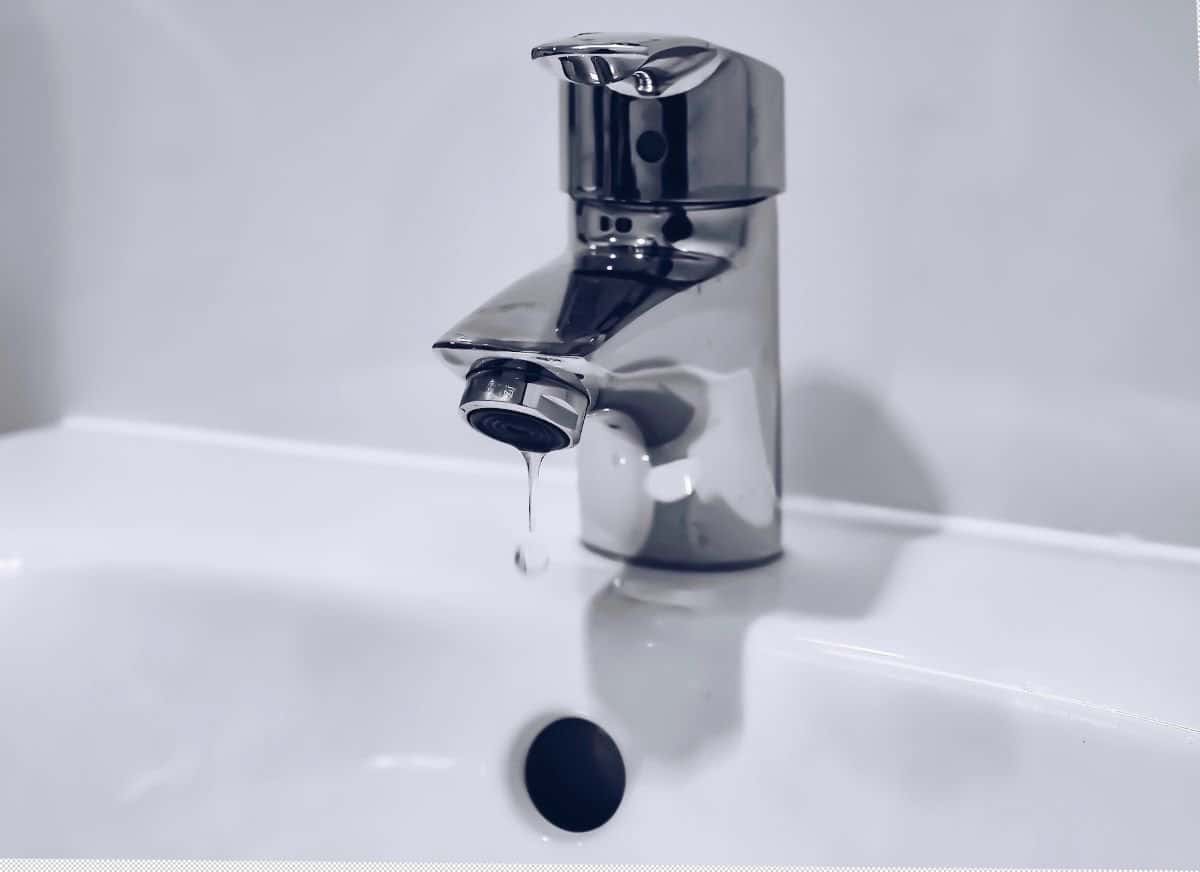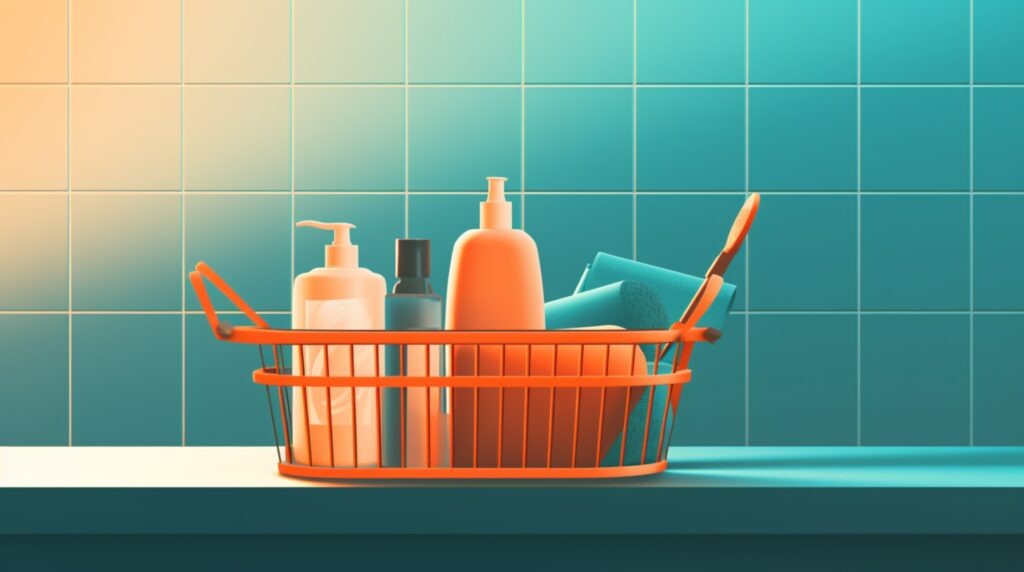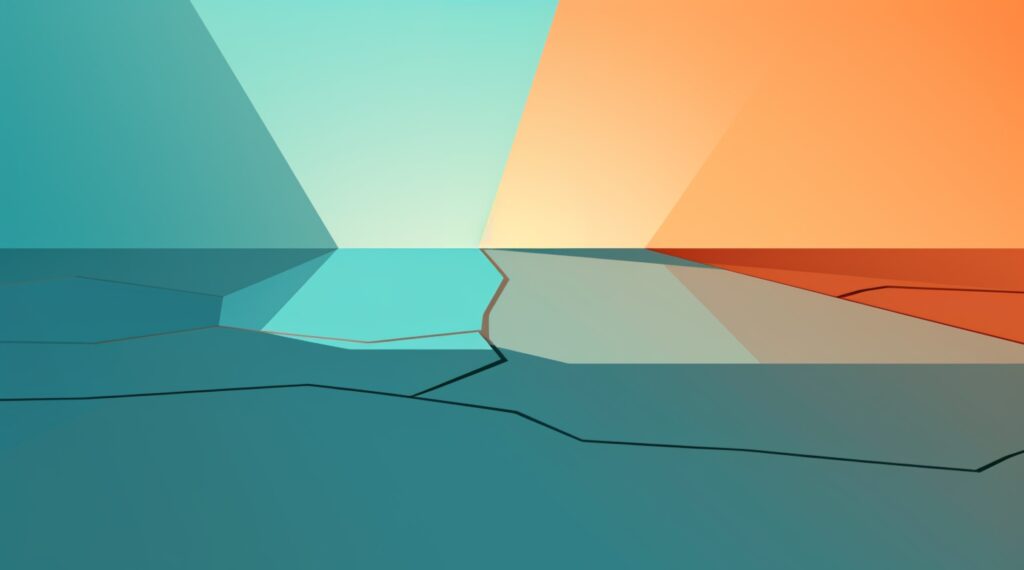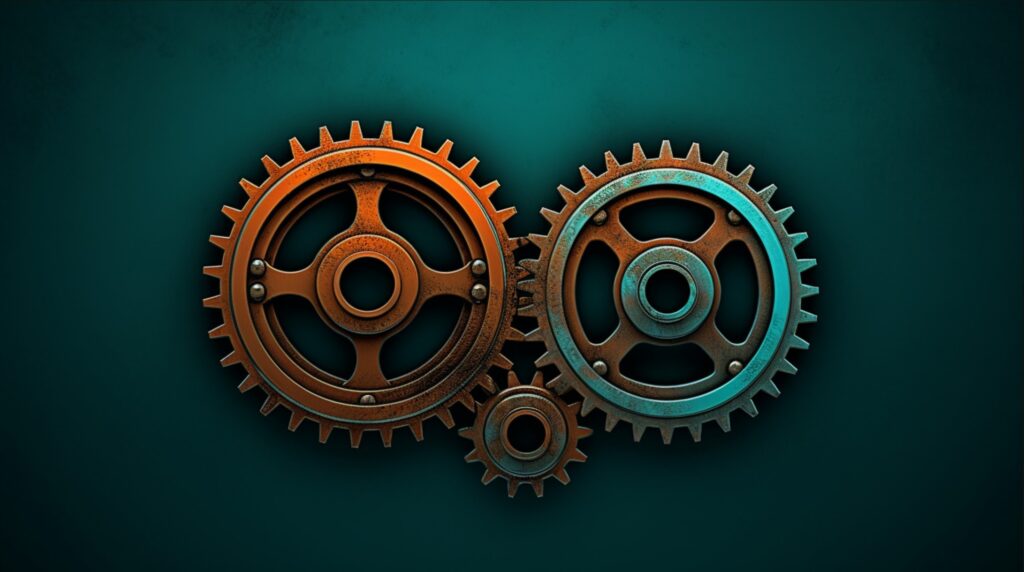
We are reader-supported. When you buy through links on our site, we may earn an affiliate commission.
You went under the sink to get a dishwasher tab, and your hand came out wet. A million and one questions floor your consciousness. Is there a leak? How far did it get? Where is it coming from? How long has this been going on? What’s the extent of the damage? Each new question brings a new layer of uncertainty.
Pull yourself out of the cycle of panic by arming yourself with knowledge. Knowing where to check for sink leakage is the biggest part of the battle. Without a doubt, a majority of leaks originate in one of these parts.
1. Faucet
The faucet is a great place to start your search for sink leakage since it’s the most easily accessible part. You may notice water dripping from the tap even when the handles are off. You could also see water pooling at the base of the faucet once you turn it on. If left untouched, the water can leak below and cause further damage.
If the faucet is in good shape, you likely just need to tighten it up a bit, which you can do on your own. It’s possible the O-ring, seat washer or valve seat has damage, which would necessitate taking the whole thing apart to repair or replace it. Also, finding significant wear or rust means you’ll want to replace it, which is a relatively straightforward project.
2. Drain
If you can’t find any leaks around the faucet or in any of its mechanisms, the next place to check is the drain system. The head of the drain is held in place in your sink by plumber’s putty. When it starts to deteriorate from age or poor installation, water can seep around the drain and leak underneath the sink. Pull up your sink strainer or pop-up drain fitting and remove the old putty completely, then replace it with a new band.
From there, you should check the drain itself. Run water for a minute or two and feel, watch and listen for leaks. You may need to tighten the connections between pipes or repair a hole in a section of pipe. Since sink leakage in drains is incredibly common, you should make it a point to check here frequently for signs of damage.
3. P-Trap
The P-Trap is the last part of the drain before your pipe disappears into the wall. It’s made up of two curved pieces and acts as a stopper for gasses trying to come and debris trying to get down. If the P-trap becomes clogged, it can back up and cause leaks. Long-standing blockage can also precipitate damage to the pipe, which could become a hole over time, allowing even more water to get through.
To clean your P-trap and check it for debris, turn off the water supply and place a bucket underneath. Carefully remove that portion of the drain and dump out the contents. Use a small tool or your fingers to dig out any build-up. After you’ve thoroughly cleaned it, screw the P-trap back in place. If the P-trap is leaky or faulty, you’ll need to replace that section of pipe before turning the water back on.
4. Water Supply Connection
If you still haven’t found the source of your leak, the last part you need to check is your water supply lines. Most sinks have two, one for hot and one for cold. However, if you have a sprayer attachment, you’ll have a third supply line.
To check these for leaks, turn off the water to the sink but let the faucet run until nothing else comes out. Now tighten everything. Turn the water back on to check for sink leakage. You’ve probably stopped your culprit if you don’t notice any new water. If not, you should have a plumber come to replace your water supply lines or check for more extensive damage.
Sink Leakage Is Typically a Minor Fix
Every location on this list is relatively easy to reach and check. Once you find the source of the sink leakage, the repair usually involves patching or replacing the affected part. However, you should call a professional if you see extensive water damage, like soft cabinets and spongy flooring or subfloor. Small leaks can go undetected for a long time and cause mold, mildew and rot.
You should also get a plumber’s help if you don’t identify where the leak is coming from or how to access it. Messing around with your pipes when you don’t know what you’re doing is a big mistake.










